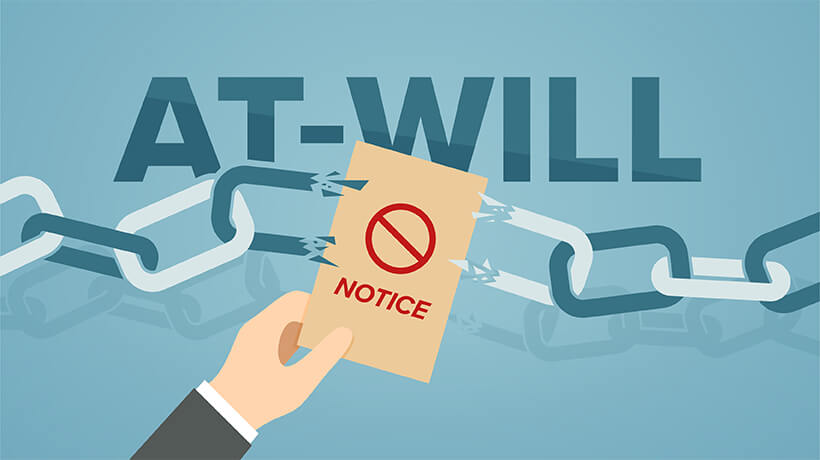
So Your Vet Hospital Got a Fake Review. Here’s How to Fight Back.
Fake online reviews of businesses are a significant problem. How big? Check out these stats:
- 93% of consumers aged 35–54 say they always read online reviews
- More than 55,000 fake reviews are generated each month on Facebook alone
- 82% of consumers believe they have read a fake review in the last year—though they’re not always easy to spot, even for Google.
The fact is that huge amounts of time, energy, and resources are being poured into fake review spamming, which is also an indicator of how valuable it is to have a high number of reviews for your practice.
But what can you do when you believe your practice has been targeted with a fake review…or worse, a campaign of fake reviews? Here’s the strategy:
- Respond to the review promptly and do not call it out as a fake! You can, however, use words and phrases suggesting you have no record of the event or customer. Be polite and offer to speak with them personally to get more details and address the issue. Remember: 97% of consumers read responses to reviews and you want them to see that you take feedback from clients seriously. Also important: how quickly and consistently you respond can affect your local SEO rankings.
- Don’t cherry-pick or suppress negative reviews—consumers find this misleading and might affect their opinion of your business. If you don’t feel as a business owner or manager that you can be polite and non-defensive in your response, have a trusted staff member do it. iVET360 also offers professional reputation management as part of our Base marketing services.
- Be real with yourself. If your practice is receiving a steady stream of negative reviews mentioning similar problems and they are from different—but verified—clients, consider them as valuable feedback and take action internally to address the issues.
- Research the reviewer. The truth is that it’s not easy to prove and remove a fake review, and once you’ve determined that it’s not from a legitimate client of your practice, you’ll need to have some evidence to present that the review isn’t authentic.
Spotting & Researching A Fake Review
Poor grammar, nonsensical information, lots of exclamation points, or a poor rating with no feedback are all signs the review might not be real. Click on the reviewer’s name and bring up the profile picture. Also, check their “Photos” tab. Are they genuine pictures or stock photos? Perform a quick reverse image search to find out. Stock photos are red flags. Find out who else this person has reviewed. Click on their profile name and Google Maps will open—on the top, you’ll see the number of contributions/reviews made by this person. Are the reviews all for similar types of businesses? Have they done a lot of reviewing in a short time? If so, another red flag.
Disappearing Act
OK, so you’ve done your research and you think you have a faker—or maybe you believe the review goes against the social media platform’s guidelines. Here’s what you do next:
- For Google, follow the instructions here. You can also tweet them at @GoogleMyBiz or hit them up on Facebook. Usually, they respond in one to five business days.
- Click here to contact Facebook.
- Click here to contact Yelp.
At this point, you may be asking yourself why people do this at all? What purpose does it serve and what do they get out of it? Just like human behavior, the internet has many mysteries. It could be as simple as a competitor trolling you. Some people may just have an axe to grind and too much time on their hands.
Whatever the reason, fake reviews are a thing. They’re also a real detriment—not only to your own business but because they erode trust in online reviews as a whole.
Hopefully, these pointers will help you protect your hospital’s reputation, and if we can answer questions or assist you with managing your practice’s digital presence, don’t hesitate to get in touch.







